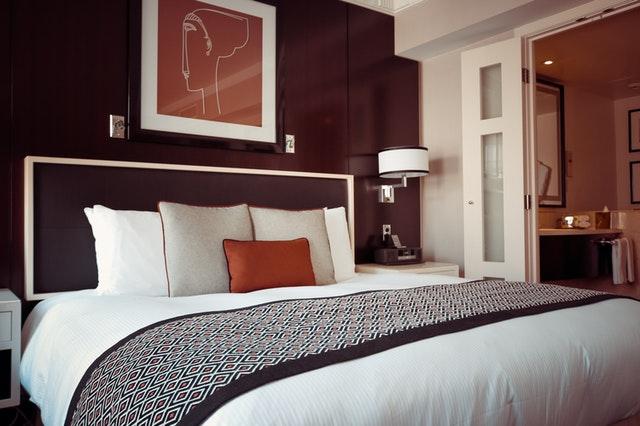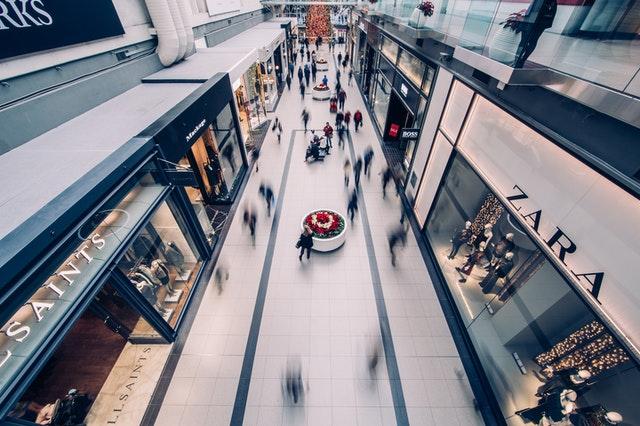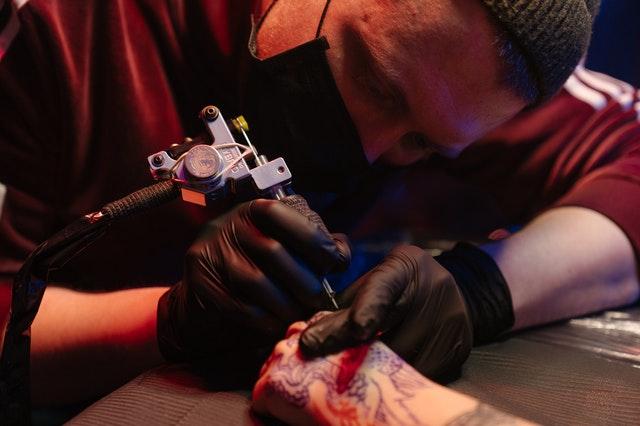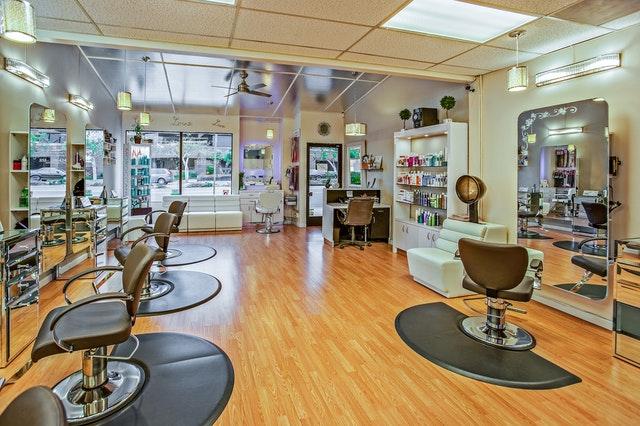A Guide for Reopening a Hotel

The national health crisis has required many businesses, including hotels, to close temporarily. As states reopen, the hotel industry is preparing to welcome guests again. But it can be challenging to manage staff and guest safety in a hotel, while preventing virus transmission. A detailed, carefully planned hotel reopening guide is key to your hotel’s success. Here are some important items to include.
Start with your local requirements
As states gradually reopen, they’re each releasing their own guidelines for different types of businesses. Most states are reopening in phases, so it’s important to determine which phase includes hotel reopenings in your state.
Check with your state government’s website and your local chamber of commerce for details on when you can reopen to help you plan accordingly. Your state may have additional requirements for reopening that go beyond the details below, such as restrictions on the number of guests you can have in your hotel at any one time.
Develop consent forms
When guests check in, you’ll need to have a screening process in place to ensure that they aren’t currently experiencing COVID-19 symptoms. JotForm’s health declaration form can simplify and speed up the screening process while providing you with a written record of each guest’s health and medical history when they arrive at the hotel.
In addition to a screening form, you may also want to have guests sign a COVID-19 liability release waiver, especially if they plan on using areas of the hotel that have higher degrees of person-to-person contact, like the fitness center or the pool. This waiver can help protect the hotel from potential damages if a customer comes down with COVID-19 after staying there.
You can integrate all of these forms into your check-in and/or reservation process. These forms are easy to add to your website, and you can send guests a link to the forms through a text message or with their email confirmations.
Having guests fill out the forms electronically helps to minimize the number of items they must touch while checking in, and it streamlines the check-in process. Digital forms are easy to collect and compile, saving your staff the time of scanning or performing additional data entry for every guest.
These consent forms are also valuable for contact tracing. In the event that anyone at the hotel is diagnosed with COVID-19, having detailed records of which guests were present at any given time can speed up the contract tracing process. It’s equally important to maintain good records of staff shifts too.
Implement staff screening and temperature checks
In addition to screening hotel guests, you’ll need to make a plan to screen employees as well. Implementing daily health checks can help keep both the employees and the guests at your hotel safe.
According to the Centers for Disease Control and Prevention (CDC), it’s important to conduct health checks safely and in a respectful manner. Consider using social distancing, personal protective equipment, and barriers or partitions when performing health checks. Conduct these checks in a way that preserves the employee’s privacy.
Consider having employees complete a COVID-19 self-screening questionnaire each day before they enter the hotel. Employees should indicate whether they have any symptoms of COVID-19 and whether they’ve been in high-risk situations, like coming into contact with someone who was diagnosed with COVID-19 or who had COVID-19 symptoms

Symptoms of the employees can be checked through COVID-19 self-screening questionnaires
Once an employee has completed the form, consider taking their temperature. A temperature over 100.4 degrees Fahrenheit is a fever. Send any employee with a fever home, and don’t allow them to enter the hotel.
Design for physical distancing
It’s important to address physical distancing within your hotel, though this can be a major undertaking, especially for larger establishments. The CDC recommends that you start by modifying staff workstations. Create a layout that keeps staff from facing each other, and update your lobby, lounge, and restaurant floor plans to create six feet of space between employees and guests whenever possible.
Install physical barriers
Installing physical barriers can also help, especially when you can’t establish six feet of distance. Install transparent shields and partitions at front desks, and move credit card readers away to encourage guests to maintain proper distance. If possible, use touchless credit card readers and adopt a no cash policy.
Put up signs
Signs and visual cues throughout your hotel can also help remind guests of the importance of social distancing. It’s natural for guests and staff to congregate in common areas of the hotel, like lounges and staff break rooms. Close these areas entirely or move furniture to establish distance.
Address high-risk areas
Your plan will also need to address particularly high-risk areas, like your fitness center, pool, and breakfast buffet area. Depending on the layout of your hotel, you may be able to keep your fitness center and pool open with additional precautionary measures. That could include strict limits on the number of people and disinfecting protocols for machines and areas between use.
Think about your breakfast buffet
Social distancing protocols are particularly important with breakfast buffets. The Florida Restaurant and Lodging Association, National Restaurant Association, and American Hotel and Lodging Association recommend that hotels erect barriers in buffets and salad bars to limit the spread of the virus.
They also recommend that staff sanitize utensils regularly or serve diners themselves. The latter requires additional staffing, so some hotels may opt to close buffets entirely and offer grab-and-go options or room service instead. Limit room service to door deliveries only, rather than requiring staff to bring food into rooms.
Make hand sanitizing easy
Consider the many ways you can make hand sanitizing easy and convenient. Install hand sanitizing stations throughout the hotel and keep them stocked with sanitizer. Position one of these stations outside every elevator door. Ensure stock levels of soap and paper towels in bathrooms remain high and that all faucets provide hot water. Post signage outlining proper handwashing techniques.
Install sanitizing wipe dispensers near high-touch areas, like ice machines and luggage carts. This may encourage guests to wipe down surfaces before using them.
Implement new cleaning requirements
Strict cleaning standards can help minimize the spread of the virus. Design a disinfection and cleaning schedule, and make sure that your team completes the tasks on schedule and multiple times per day. Identify high-touch areas, like handrails, door handles, elevator buttons, luggage carts, and more. Ensure that you use disinfectants frequently in these areas.
It’s also important to revise room cleaning processes. Train housekeeping staff on proper disinfection techniques. Extending the time that a room is vacant before staff clean the room can also help to keep them safe. Make sure that staff wear PPE, like gloves and face masks, while cleaning guest rooms and doing laundry, and train them on how to put on and remove this equipment safely and appropriately.
In addition to cleaning, work with your maintenance manager to maximize ventilation to each area. The CDC recommends installing high efficiency particulate air (HEPA) filtration units in areas with poor ventilation. This can help to remove contaminants, keeping the air cleaner and healthier, and potentially minimizing disease transmission.
Be prepared for a COVID-19 case
CDC guidelines also encourage hotel owners to be prepared with safety measures in the event that an employee or guest is diagnosed with COVID-19. If this occurs, immediately contact your local health authority and implement contact tracing. Should an employee develop COVID-19 symptoms while at work, separate them and send them home to self-isolate and get tested.
If a guest or employee has tested positive or is suspected to be positive for COVID-19, close off areas that the person used for any prolonged time. Disinfect and clean any areas — including bathrooms, common areas, and shared surfaces — that the person used.
If a guest has been ill, wait at least 24 hours before entering the room to clean it. When cleaning the room, pay particular attention to frequently used areas and surfaces, like light switches, remotes, and door handles. Open outside doors, when possible. This will increase air circulation to the room and use a vacuum that has a HEPA filter.
Planning for reopening
Developing a detailed hotel reopening guide can position your business for a successful reopening. Hotels are complicated businesses that see many guests coming from many locations. You’ll need to put a lot of thought into how you can minimize the risk of COVID-19 for both your guests and your staff.
It’s best to start developing this plan well in advance. This way you can share it with your staff as you get closer to your reopening date. Particularly in larger hotels, staff may have additional insights about risks. It’s a good idea to modify the plan to address these.
Reopening during the pandemic is full of unpredictability, and you’re sure to run into some challenges, even with the most detailed plan. Be prepared to reassess and adjust your plan as you welcome guests back into your hotel. The more flexible and attentive you can be, the better the chance you’ll be able to reopen while helping to minimize risk.
Thanks for reading! Sign up to get my stories and online courses by clicking here.



